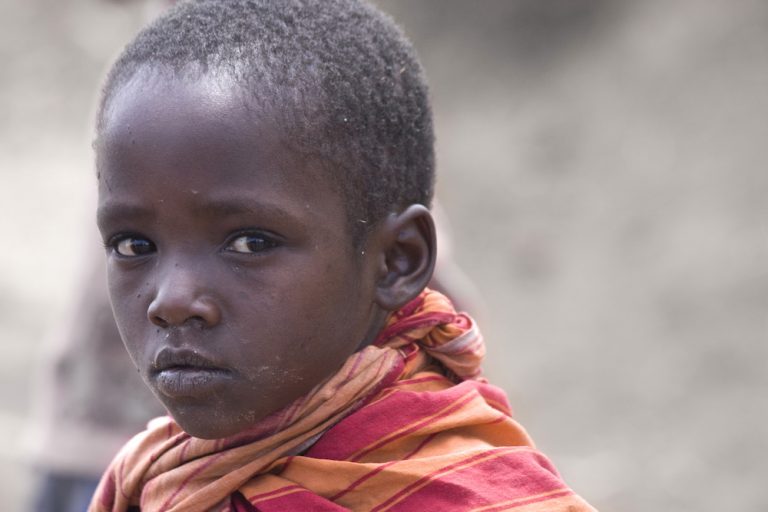It Takes a Tokyo Village
Ruth Harimoto
I have lived in Japan for more than half of my life. I first came here as a nine-year-old child, the daughter of a missionary. Later, after several years of study and work in the US, I returned as an adult with my Japanese husband. You’d think that after more than thirty years here, I could almost call myself Japanese! But no. In this homogeneous country, I’m still a foreigner.
The role of a foreigner in Japan is, for the most part, a comfortable one. Japanese people are polite. They don’t expect foreigners to know Japanese, so when I do speak it (with my learned-as-a-child accent), I’m applauded and praised. This role can also be lonely, though.
As I go about



